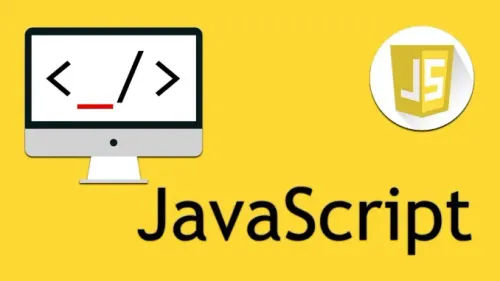In the realm of web development, user experience and data integrity are paramount. One fundamental aspect of achieving this is email validation. It ensures that user-provided email addresses are accurate and properly formatted. In this comprehensive guide, we'll explore the use of the onblur event in JavaScript for email validation—a technique that enhances user experience by providing real-time feedback and maintains data integrity by preventing invalid data from entering your system. As an expert in the field, I'll take you on a journey to master email validation with the onblur event in JavaScript.
The Importance of Email Validation in Web Development
Before we dive into the onblur event and JavaScript, let's understand why email validation is crucial in web development.
User Experience: Validating email addresses in real-time enhances the user experience by providing instant feedback. Users can correct errors immediately, reducing frustration and improving usability.
Data Integrity: Accurate data is essential for business operations, marketing, and communication. Email validation ensures that only valid email addresses are collected and stored in your database, preventing errors and maintaining data quality.
Security: Validating email addresses can help prevent spam registrations and protect your system from malicious users who may try to exploit vulnerabilities.
Now, let's explore how to implement email validation using the onblur event in JavaScript.
Understanding the onblur Event in JavaScript
The onblur event is a JavaScript event that occurs when an element loses focus. In the context of email validation, it's commonly used to trigger validation checks when the user moves away from the email input field. Here's a basic example of how the onblur event works:
<input type="email" id="emailInput" onblur="validateEmail()">
In this example, when the user clicks outside the email input field, the validateEmail() function is called to perform email validation.
Implementing Email Validation with onblur Event
To implement email validation using the onblur event, follow these steps:
1. Create the HTML Input Field
Start by creating an HTML input field for email:
<input type="email" id="emailInput" onblur="validateEmail()">
2. Write the JavaScript Validation Function
Next, write a JavaScript function (validateEmail()) to validate the email address. Here's a simple example:
function validateEmail() {
const emailInput = document.getElementById('emailInput');
const email = emailInput.value;
const regex = /^[a-zA-Z0-9._-]+@[a-zA-Z0-9.-]+\.[a-zA-Z]{2,4}$/;
if (!regex.test(email)) {
alert('Invalid email address. Please enter a valid email.');
emailInput.focus();
}
}
This function retrieves the email input element, checks if the entered email matches a regular expression pattern for a valid email format, and displays an alert if it's invalid.
3. Test the Email Validation
Now, when a user enters or edits their email address in the input field and clicks away (losing focus), the validateEmail() function will trigger the validation.
Enhancing Email Validation
While the above example provides a basic email validation mechanism using the onblur event, you can enhance it further:
1. Real-time Feedback
Instead of displaying an alert, you can dynamically update the page to provide real-time feedback to the user. For example, you can change the input field's border color to red when the email is invalid and green when it's valid.
2. Using Regular Expressions
Regular expressions (regex) are powerful tools for email validation. You can fine-tune your regex pattern to match specific email formats, allowing you to validate emails with precision.
3. Custom Error Messages
Provide custom error messages next to the email input field to guide users in correcting their email addresses. This improves the user experience.
Frequently Asked Questions about Email Validation with onblur Event
Q1: Can I use email validation with the onblur event for other input fields, such as names and passwords?
Yes, you can apply the onblur event and validation techniques to other input fields as well, depending on your requirements.
Q2: Are there JavaScript libraries or frameworks that simplify email validation?
Yes, several JavaScript libraries and frameworks, such as jQuery and React, offer email validation plugins and components that can simplify the process.
Q3: How can I prevent form submission if email validation fails?
You can prevent form submission by returning false from the onblur event handler if email validation fails. This will stop the form from being submitted until a valid email address is entered.
Q4: What are some common pitfalls in email validation?
Common pitfalls in email validation include overly complex regular expressions, false positives (rejecting valid email addresses), and not providing clear feedback to users about why their email is invalid.
Q5: Is it possible to implement server-side email validation in addition to client-side validation?
Yes, it's recommended to perform server-side email validation as well to ensure the highest level of data integrity and security. Client-side validation can enhance user experience, but server-side validation is essential for robust data validation.
In conclusion, email validation with the onblur event in JavaScript is a powerful tool for enhancing user experience and maintaining data integrity in web development. By following the steps and best practices outlined in this guide, you can master this technique and create user-friendly, error-free web forms that capture accurate email addresses. Don't overlook the importance of email validation—it's a key element in delivering a seamless user experience.



